1. Jones JW, Gruber SA, Barker JH, Breidenbach WC. Successful hand transplantation. One-year follow-up. Louisville Hand Transplant Team. N Engl J Med. 2000; 343(7):468–473. PMID:
10950668.
2. Shores JT, Brandacher G, Lee WP. Hand and upper extremity transplantation: an update of outcomes in the worldwide experience. Plast Reconstr Surg. 2015; 135(2):351e–360e.
3. Breidenbach WC, Meister EA, Becker GW, Turker T, Gorantla VS, Hassan K, et al. A statistical comparative assessment of face and hand transplantation outcomes to determine whether either meets the standard of care threshold. Plast Reconstr Surg. 2016; 137(1):214e–222e. PMID:
26710025.

5. Thuong M, Petruzzo P, Landin L, Mahillo B, Kay S, Testelin S, et al. Vascularized composite allotransplantation - a Council of Europe position paper. Transpl Int. 2019; 32(3):233–240. PMID:
30387910.

6. Schuind F, Van Holder C, Mouraux D, Robert C, Meyer A, Salvia P, et al. The first Belgian hand transplantation--37 month term results. J Hand Surg Br. 2006; 31(4):371–376. PMID:
16527381.

7. Jablecki J, Kaczmarzyk L, Patrzałek D, Domanasiewicz A, Boratyńska Z. First Polish forearm transplantation: report after 17 months. Transplant Proc. 2009; 41(2):549–553. PMID:
19328923.

8. Pei G, Xiang D, Gu L, Wang G, Zhu L, Yu L, et al. A report of 15 hand allotransplantations in 12 patients and their outcomes in China. Transplantation. 2012; 94(10):1052–1059. PMID:
23169225.

9. Dwyer KM, Webb AR, Furniss HS, Anjou KE, Gibbs-Dwyer JM, McCombe DB, et al. First hand transplant procedure in Australia: outcome at 2 years. Med J Aust. 2013; 199(4):285–287. PMID:
23984788.

10. Singh M, Sisk G, Carty M, Sampson C, Blazar P, Dyer G, et al. Functional outcomes after bilateral hand transplantation: a 3.5-year comprehensive follow-up. Plast Reconstr Surg. 2016; 137(1):185–189. PMID:
26710022.
11. Kuo YR, Chen CC, Chen YC, Yeh MC, Lin PY, Lee CH, et al. The first hand allotransplantation in Taiwan: a report at 9 months. Ann Plast Surg. 2016; 77(Suppl 1):S12–S15. PMID:
26914350.
12. Amaral S, Kessler SK, Levy TJ, Gaetz W, McAndrew C, Chang B, et al. 18-month outcomes of heterologous bilateral hand transplantation in a child: a case report. Lancet Child Adolesc Health. 2017; 1(1):35–44. PMID:
30169225.

13. Kim JR, Elliott D, Hyde C. The influence of sociocultural factors on organ donation and transplantation in Korea: findings from key informant interviews. J Transcult Nurs. 2004; 15(2):147–154. PMID:
15070497.

15. Woo SH. The concept and current trends of composite tissue allotransplantation. J Korean Soc Reconstr Hand Surg. 2001; 1(2):84–95.
17. Buchanan RD. The development of the Minnesota multiphasic personality inventory. J Hist Behav Sci. 1994; 30(2):148–161. PMID:
8034964.

18. Beck AT, Epstein N, Brown G, Steer RA. An inventory for measuring clinical anxiety: psychometric properties. J Consult Clin Psychol. 1988; 56(6):893–897. PMID:
3204199.

19. Petruzzo P, Lanzetta M, Dubernard JM, Landin L, Cavadas P, Margreiter R, et al. The international registry on hand and composite tissue transplantation. Transplantation. 2010; 90(12):1590–1594. PMID:
21052038.
20. Cooney WP, Hentz VR. American Society for Surgery of the Hand. Hand transplantation--primum non nocere. J Hand Surg Am. 2002; 27(1):165–168. PMID:
11810633.

21. Shores JT, Malek V, Lee WPA, Brandacher G. Outcomes after hand and upper extremity transplantation. J Mater Sci Mater Med. 2017; 28(5):72. PMID:
28361279.

22. Schuind F, Abramowicz D, Schneeberger S. Hand transplantation: the state-of-the-art. J Hand Surg Eur Vol. 2007; 32(1):2–17. PMID:
17084950.

23. Burloux G. Hand transplant and body image. In : Lanzettta M, Dubernard JM, editors. Hand Transplantation. Milano: Springer;2007. p. 375–380.
24. Meyer TM. Psychological aspects of mutilating hand injuries. Hand Clin. 2003; 19(1):41–49. PMID:
12683445.

26. Bertrand AA, Sen S, Otake LR, Lee GK. Changing attitudes toward hand allotransplantation among North American hand surgeons. Ann Plast Surg. 2014; 72(Suppl 1):S56–60. PMID:
24740026.

27. Cooney CM, Siotos C, Aston JW, Bello RJ, Seal SM, Cooney DS, et al. The ethics of hand transplantation: a systematic review. J Hand Surg Am. 2018; 43(1):84.e1–84.e15. PMID:
28985978.
28. Germann G. Bilateral hand transplantation--indication and rationale. J Hand Surg Br. 2001; 26(6):521. PMID:
11884102.
29. Lanzetta M, Nolli R, Borgonovo A, Owen ER, Dubernard JM, Kapila H, et al. Hand transplantation: ethics, immunosuppression and indications. J Hand Surg Br. 2001; 26(6):511–516. PMID:
11884098.

30. Kaufman CL, Bhutiani N, Ramirez A, Tien HY, Palazzo MD, Galvis E, et al. Current status of vascularized composite allotransplantation. Am Surg. 2019; 85(6):631–637. PMID:
31267905.

31. Kim DH, Paik HC, Cho SH, Cho KS, Lee DY. Trachea replacement with cryopreserved tracheal allograft: experiment in dogs. J Korean Soc Transplant. 2002; 16(2):162–166.
32. Park SR, Kim JH, Hwang JH, Kim KS, Lee SY. Investigation of risk acceptance and expectations in facial allotransplantation. J Korean Soc Plast Reconstr Surg. 2010; 37(5):555–560.
33. Hong JW, Kim YS, Yun IS, Lee DW, Lee WJ, Roh TS, et al. Current status of face transplantation: where do we stand in Korea? Arch Craniofac Surg. 2012; 13(2):85–94.

34. Lim JW, Eun SC. Hemifacial transplantation model in rats. Arch Craniofac Surg. 2014; 15(2):89–93. PMID:
28913197.

35. Jo HK, Park JW, Hwang JH, Kim KS, Lee SY, Shin JH. Risk acceptance and expectations of laryngeal allotransplantation. Arch Plast Surg. 2014; 41(5):505–512. PMID:
25276642.

36. Eun SC. Facial transplantation surgery introduction. J Korean Med Sci. 2015; 30(6):669–672. PMID:
26028914.

37. Gómez MP, Pérez B, Manyalich M. International registry in organ donation and transplantation--2013. Transplant Proc. 2014; 46(4):1044–1048. PMID:
24815123.

38. Glazier AK. Regulatory oversight in the United States of vascularized composite allografts. Transpl Int. 2016; 29(6):682–685. PMID:
26284312.

39. Rodrigue JR, Tomich D, Fleishman A, Glazier AK. Vascularized composite allograft donation and transplantation: a survey of public attitudes in the United States. Am J Transplant. 2017; 17(10):2687–2695. PMID:
28390109.

41. Margreiter R, Brandacher G, Ninkovic M, Steurer W, Kreczy A, Schneeberger S. A double-hand transplant can be worth the effort! Transplantation. 2002; 74(1):85–90. PMID:
12134104.

42. Banegas RN, Moreno R, Duggal A, Breidenbach WC 3rd. Surgical aspects of donor hand recovery for transplantation. J Reconstr Microsurg. 2012; 28(1):21–26. PMID:
21861253.

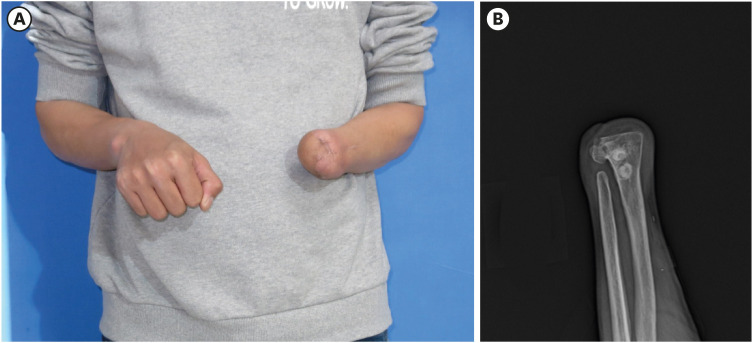
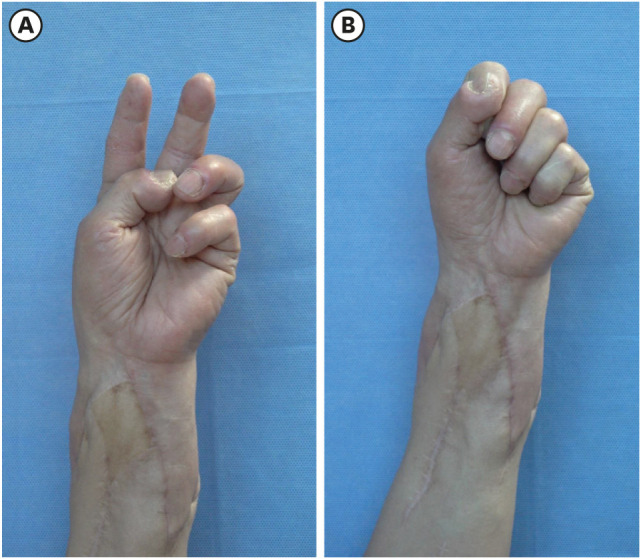
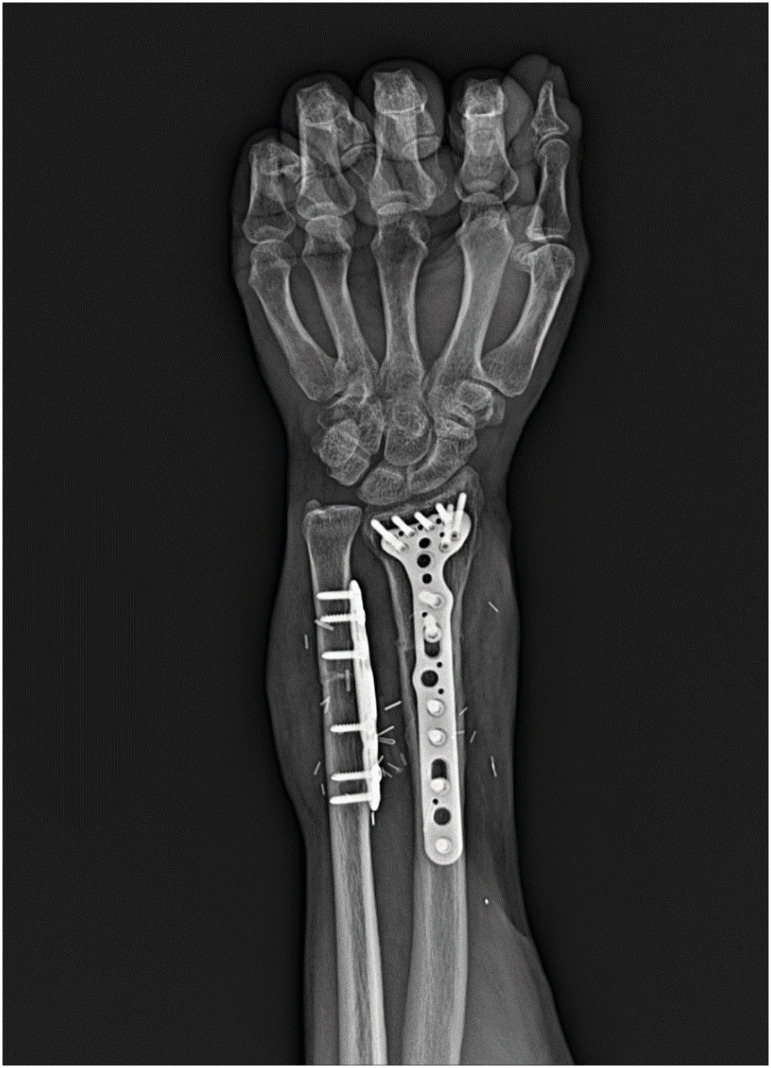
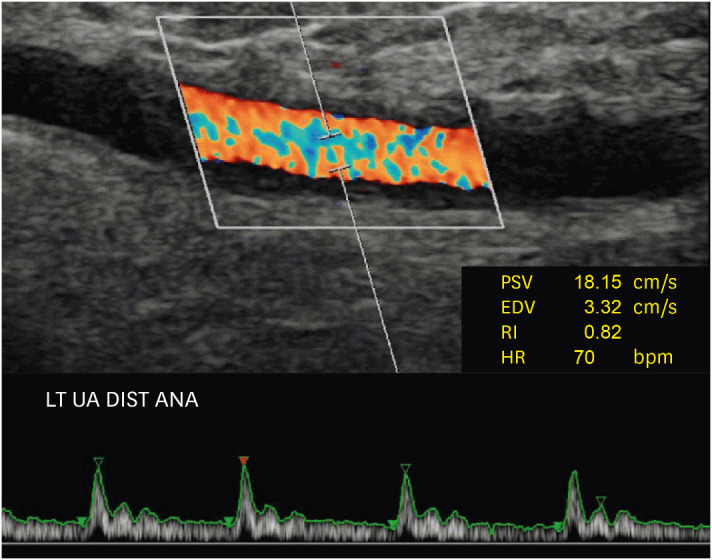
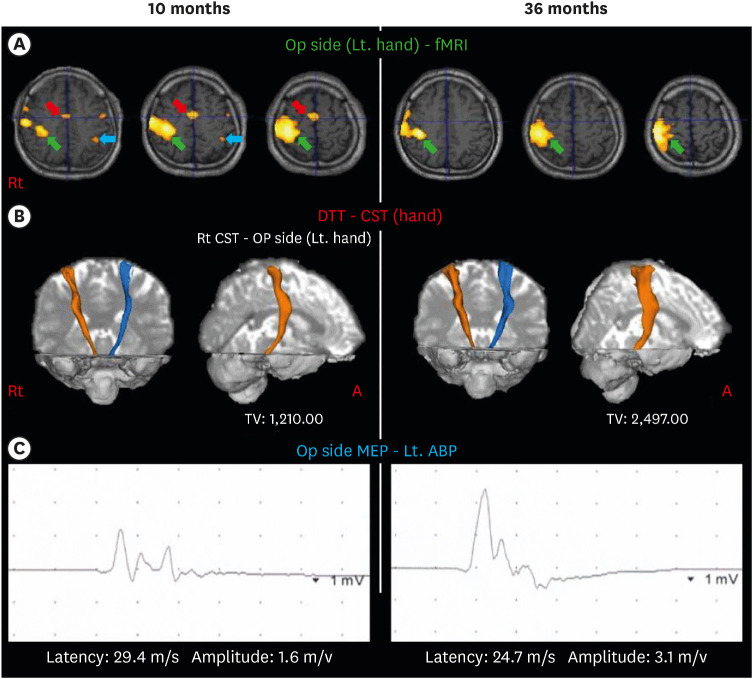
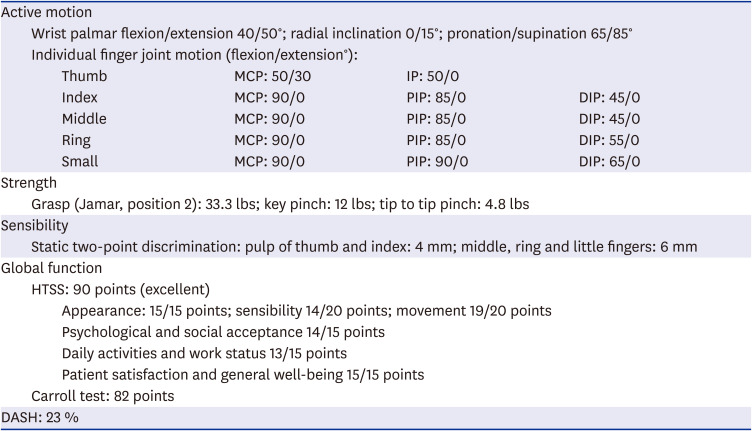




 PDF
PDF Citation
Citation Print
Print



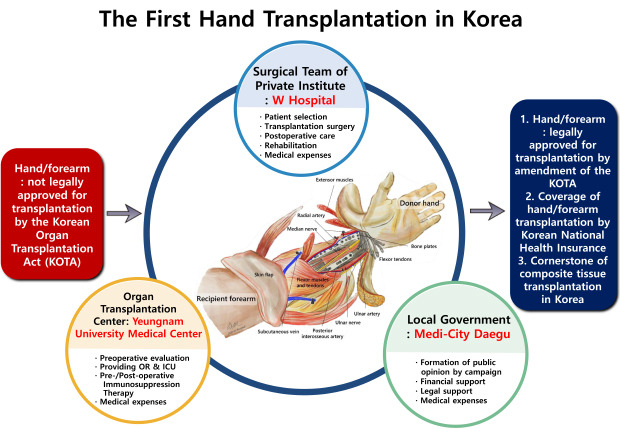
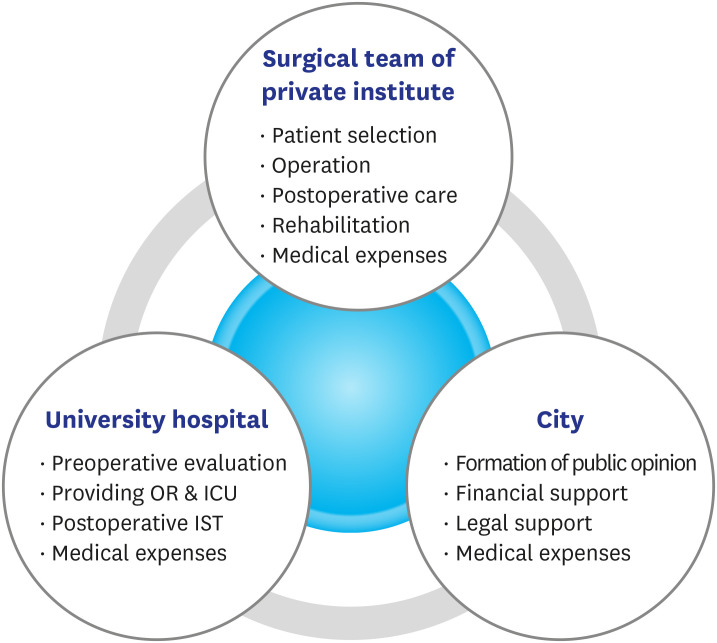

 XML Download
XML Download